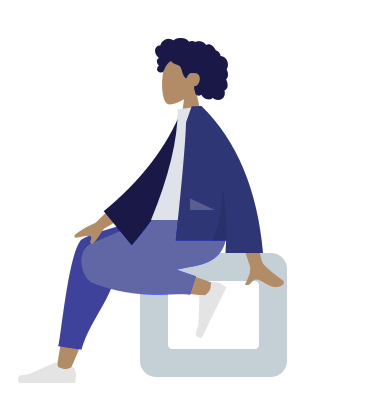Making Tax Digital for Property Landlords
In this fact sheet, we’ll outline how Making Tax Digital (MTD) for income tax self assessment (ITSA) affects landlords. We’ll also consider the recent government communication in which a delay to MTD was announced.
What is MTD
Under MTD for ITSA, businesses, self-employed individuals, and landlords will keep digital records and send a quarterly summary of their business income and expenses to HMRC using MTD-compatible software. In response, they will receive an estimated tax calculation based on the information provided to help them budget for their tax. At the end of the year, they can add any non-business information and finalise their tax affairs.
Implementation and thresholds
In December 2023, the government announced that the implementation of MTD for ITSA would be phased in from April 2026. Previously, MTD had been due to start from April 2024. The phased implementation will work as follows:
From April 2026: self-employed individuals and landlords with an income of more than £50,000 will be required to keep digital records and provide quarterly updates of their income and expenditure to HMRC through MTD-compatible software.
From April 2027: self-employed individuals and landlords with an income of between £30,000 and £50,000 will need to comply with the MTD rules.
These thresholds are new; prior to the December 2023 announcement the threshold for MTD was set to be £10,000.
At this point, it is unclear if those with income below £30,000 will be mandated to comply with the MTD rules.
Keeping digital records
Under the MTD rules, business records must be kept in software that meets HMRC’s specifications.
If you have more than one business (for example, if you are a landlord and a builder), you must meet the requirements for each business.
This means you must keep separate records and make separate submissions for each business.
All properties that are:
- in the UK are treated as one ‘UK property business’.
- outside of the UK are treated as one ‘overseas property business’.
In the software, you’ll need to create records of each of your business transactions, as close to the transaction date as possible. Each quarter, the software will add together the totals for each income and expense category and send this information to HMRC. If you wish to make accounting or tax adjustments to the quarterly information, you can, but it won’t be mandatory. Instead, any adjustments and claims for tax reliefs can be made at the end of the year when you finalise the data.

Benefits of digitalisation
The delay to MTD’s implementation was welcomed by many, but it is worth considering moving to digital record keeping before 2026. Digital record keeping means that you don’t need to keep as much paperwork, and you’ll be able to access real-time information about your business. If these benefits interest you, please speak to us about the software options available.
